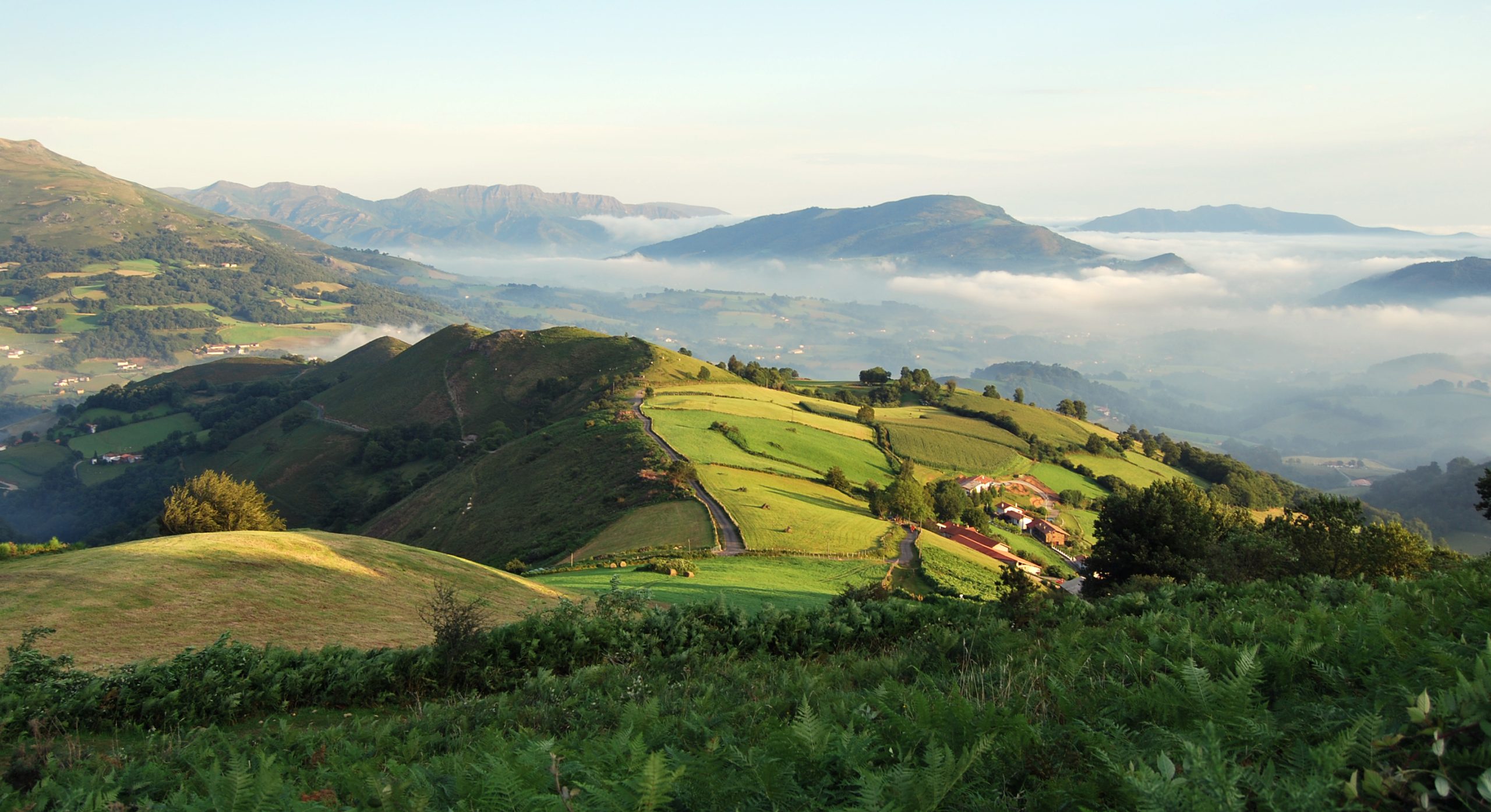A ‘proximity’ way, a devotional route, a journey through a part of Tuscany rich in history and art, in an unforgettable natural setting, the result of the commitment of some hospitaleros voluntarios and the Valpromaro village committee.
It is an interesting route with special features, in the wake of the pilgrim tradition, that on the occasion of the Holy Years 2021/22, focuses on the pilgrimage to Pistoia, the Italian ‘Santiago minor’. The initiative is promoted by the village committee of Valpromaro, a small hamlet shared by the municipalities of Camaiore and Massarosa, which has been welcoming pilgrims in its parish house for years.
The way has been designed in five legs and follows, for the stretch from Pietrasanta to Lucca, the route of the Via Francigena and, for the stretch from Lucca to Pistoia, that of the Cammino di San Jacopo. Thanks to the lively collaboration of the local associations, the signposting has been strengthened and improved, and some variants have been added.
The Web Site
The design and realisation of the route and the website that promotes it was taken care of by three pilgrims and hospitaleros from Accoglienza Pellegrina, the Italian association that brings together the Hospitaleros Voluntarios affiliated with the Spanish Federation, active on the Pilgrim’s Way to Santiago.
The site contains all the material needed to get to know the places, services, history and artistic and cultural attractions. The legs are described and supported by GPS tracks. It has been translated into English and Spanish in order to extend the area of interest: in particular, the associations that, like Accoglienza Pellegrina, are part of the worldwide network of all those that manage the reception of pilgrims in Germany, Holland, the USA, Canada, France, Brazil, Australia and New Zealand, all of which belong to the Spanish Federation based in Logroño, will be involved.
Welcoming
The route searches for the atmospheres that characterise the pilgrims’ paths to Santiago, and end of legs are proposed in places where there are ‘poor’ hostels, in line with the spirit that this initiative brings. The hostels in Pietrasanta (San Francesco), Valpromaro, Lucca (Casa del pellegrino San Nicolao), Lammari (Parrocchia di San Jacopo), Serravalle Pistoiese (Dimora il Bucine) and Pistoia (Ostello Sant’Andrea) are hostels with donations.
The Route
The idea was to encapsulate in a hundred kilometres the places, moments and emotions that can be experienced on the largest pilgrimage in Spain. This route, too, leads to the relics of the Apostle, in the beautiful and ancient city of Pistoia. In brief, it starts from the cloister of the convent of the Franciscan friars in Pietrasanta, gets ahead of the ancient church of Santa Felicita and climbs the hill of Cannoreto, the first of many short and severe climbs that lead to panoramic viewpoints of great beauty. The view sweeps the plain and the sea. Then, the landscape turns into countryside, vineyards, olive groves and ancient towns. After Camaiore, a second and more demanding climb leads to Monte Magno, then to Gualdo and down to Valpromaro, a new Roncesvalles, with good reason, since this is a pilgrim accommodation reminiscent of that of Grañon, an icon of the spirit of the Jacobean Way (leg 1). Lucca is then reached along fragrant paths with a view on endless valleys, passing by ancient parish churches, almost forgotten and far from busy places. In Lucca, ‘il fosso’, an artificial canal that carries the waters of the Serchio runs along the route, disappearing and reappearing, until almost Lammari, where at the church of San Giacomo, parish priest Don Giovanni welcomes pilgrims (leg 2).
From Lammari, a hilly landscape runs across small villages gathered around ancient parish churches reaching Petrognano, San Gennaro and then Collodi: here, at every bend in the path, the talking cricket or the cat and the fox seems to show up. The next town, Pescia, is an expanse of greenhouses, and a lively town with children playing ball in the streets in a cheerful disorder (leg 3). After passing through the beautiful villages of Uzzano, Stignano and Buggiano Castello, Montecatini, the largest urban centre on this route is reached; the Baths’ Palaces, the Kursaal and the historic hotels deserve a look. Past Pieve a Nievole, the route runs again in the countryside, except for a short stretch along the nearby motorway. Next, Serravalle Pistoiese, is reached: an ancient and windy village marked by its towers. It is one of the most interesting places of the Cammino, where the way covered and the one still to go can be spotted (leg 4).
The last stretch of the route goes through Groppoli and the parish church of San Michele to reach the convent of Giaccherino. Here, it is inevitable to think of Monte do Gozo, from which one can see the top of the cathedral of Santiago, but also of Monte della Gioia on Monte Mario, already in Rome, where the pilgrims’s eye first meets the great dome of St Peter’s. A long Way of the Cross leads to the centre of Pistoia: here the typical Galician landmark suggests that the large cathedral square is reached; inside the cathedral, in the chapel dedicated to the Apostle, in front of an imposing silver altar, his relics are kept.

